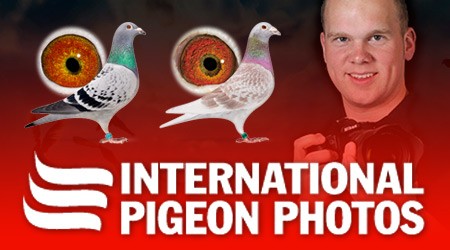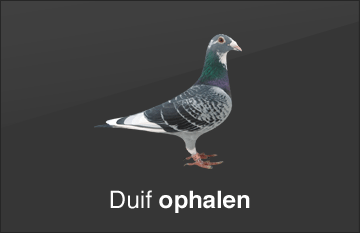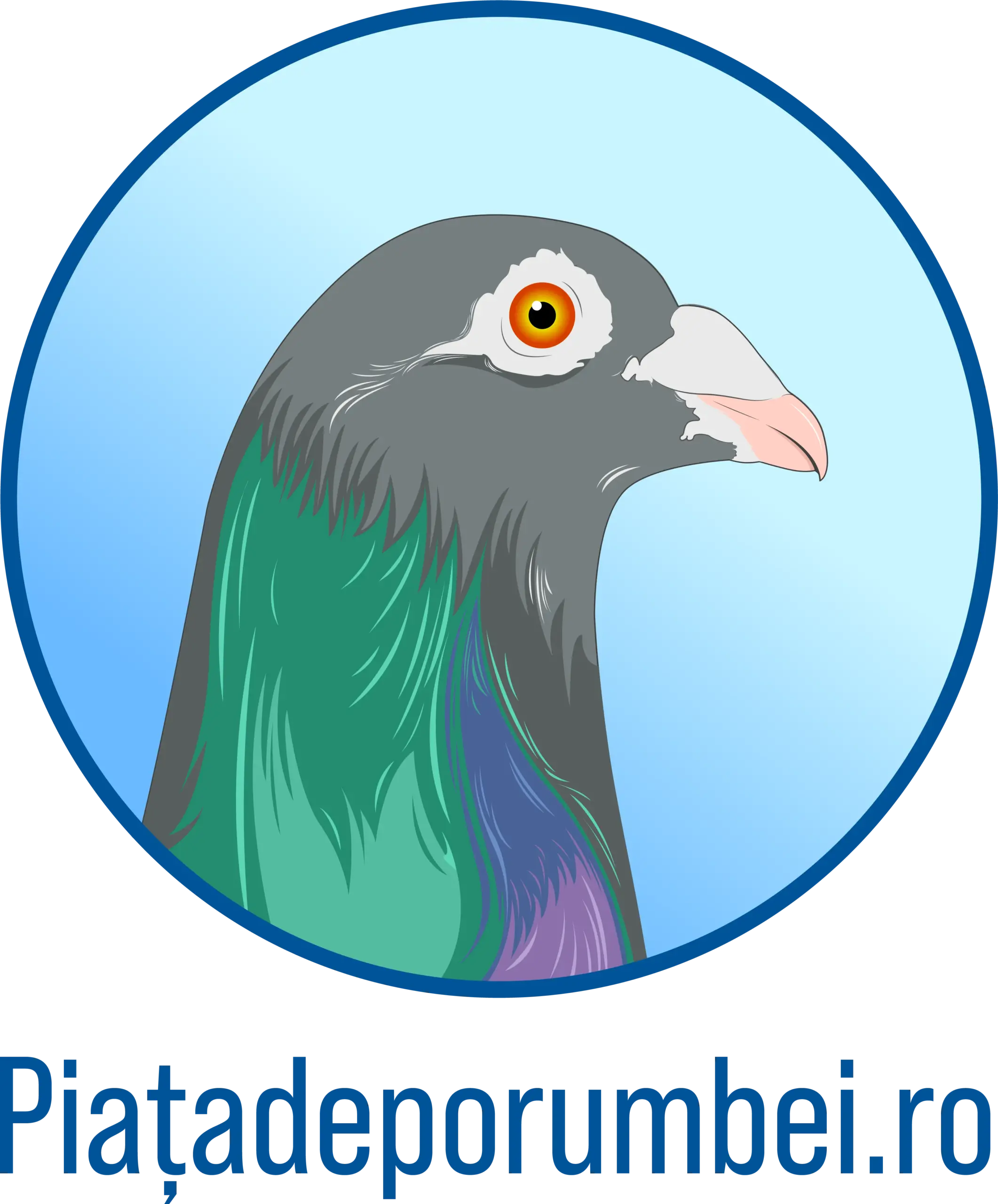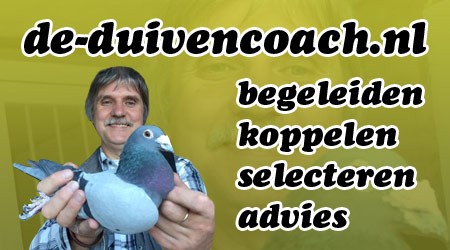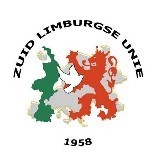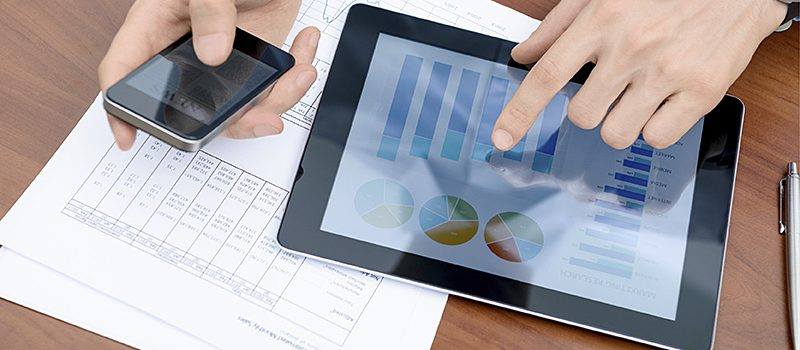
Part 3.
With the right equipment and little knowledge it is fairly easy to copy a transponder. Read the ID and write it to a duplicate transponder. The internet is full of equipment to accomplish this.
To be clear what this means: an ETS ring can be cloned. This is a way to ensure that electronic procedures can be performed. There is a discussion to experiment with unnecessary reductions. This solution is and has been recorded. The prototype has been built and extensively tested worldwide! What about the availability and use of digital data during a race? Can we and should we do so much more? The answer is full: YES!
A job half done…
As mentioned above, all ETS deliver half work, but that may be an understatement. The full potential of ETS is not yet in the Netherlands and the vast majority of Western Europe. It must be said that ETS does quite well ringing, basketing, registration and the reading and impressions from the club. But that’s it!
There are upgrades available, such as bluetooth text messages, but this function is purely meant for pigeon fanciers. Advantage of this data transfer is not yet shared with a wider audience, only reporting stations or reporting sites. There is a successful initiative that makes use of this function, but is not “en masse” supported and used by the pigeon fanciers.
Ofcourse there are ‘Live Results’, this term would be fantastic if it was the only real one! Do not get it wrong, the ‘Live Results’ function is very good and rightly of great importance to pigeon fanciers … but it still works on manually entered data of each individual pigeon fancier where flight distances and / or arrival times can be easily entered and could generate misleading flying times and / or speeds.
Next level …
What is needed to bring the concept of ‘Live Results’ to a higher level is by recording arrival times directly from the ETS. This means that an RFID tag can be read on the own loft and an automatic generated and encrypted message from a communication module which must activate a web server. Whereby a direct, yet secure and accurate, data package will be visible within seconds all over the world via a standard Internet web browser such as Internet Explorer! Data included in the message include fancier code / name, original UID of the ring, the manufacturer of the customer ID of the RFID ring, ringnumber, color, gender, arrival time, coordinates of antenna (see next article part 4).
A message for every arrival, and not just the first, must be sent. And with a cloudserver a complete picture of the arrivals over the entire area of the participants is shown in seconds. The speed and accuracy of the data to be collected will not only be of importance to the pigeon fanciers, but also to the club members and racing party organizing races so that they too can assess whether one of the established pigeons asks for further research.
Within a few seconds a decision can be made about whether a certain arrival requires a quick visit from an association / federation to officially verify the presence of the registered pigeon!
Posts may still be supported by wing marks, in major races, such as the ‘Internationals’. With transponder data and a wing mark, the risk of fraudulent detection can be drastically reduced.
Building a communication module in an ETS is not the technology of tomorrow, it is the technology of today and in fact it is the technology that has been around for a few years now. The question that you need to consider is the reason why, so far, ETS with an integrated communication module have not yet been presented on the European market?
to be continued…

